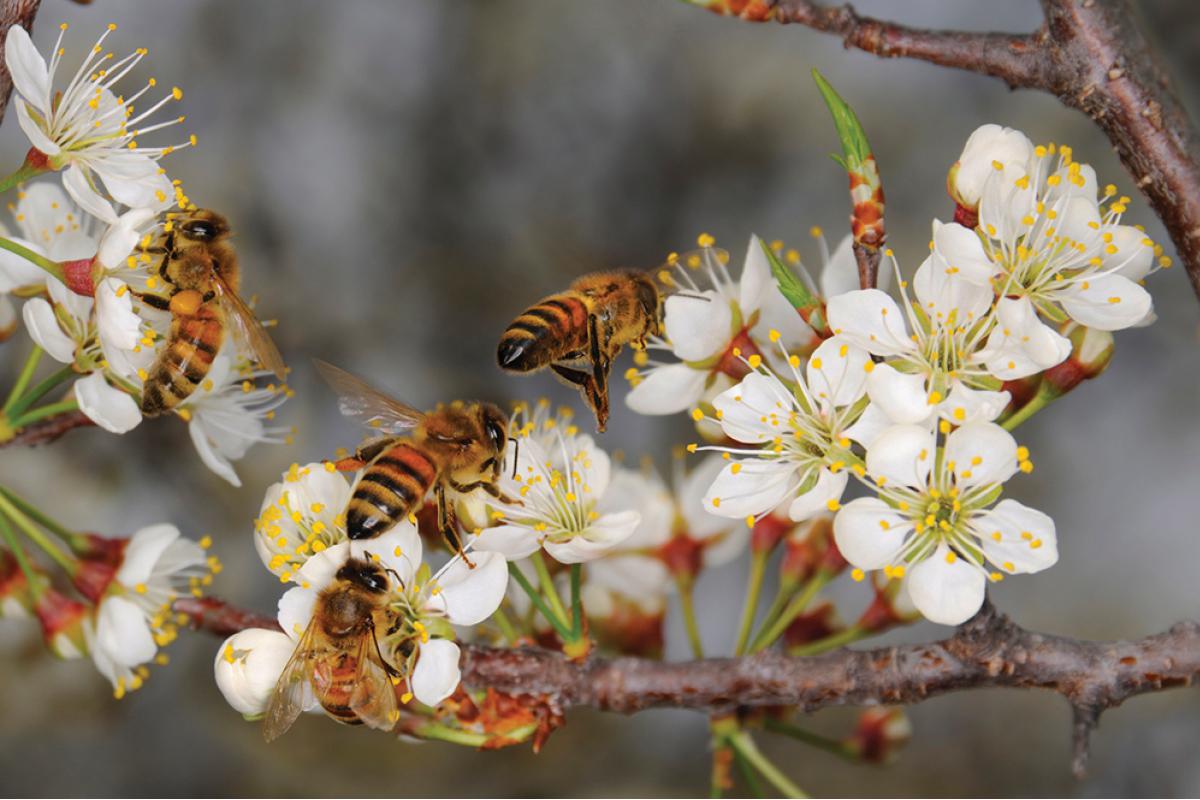
Guide to Bee Health & Biosecurity in Western Australia
Protecting our Honey Bees — Supporting Sustainable Beekeeping & Biosecurity Practices
Why Bee Health Matters in WA
Western Australia has one of the healthiest honey bee populations in the world — free from many pests and diseases found elsewhere. Maintaining this status is crucial for food production, native biodiversity, and the beekeeping industry.
Common Threats to Honey Bees
Pests & Diseases to Watch For in WA
While WA is free from some global pests (like Varroa mite), beekeepers still need to be vigilant.

Hive Health Best Practices
1. Regular Hive Inspections
• Check brood patterns, bee behaviour, and hive strength.
• Look for unusual smells, discoloured larvae, or pest activity.
• Record inspections to track hive health.
2. Maintain Good Hive Hygiene
• Sterilise tools between hives.
• Remove old comb regularly.
• Manage moisture levels in hives.
3. Disease Monitoring & Testing
• Test for Nosema or other pathogens.
• Familiarise yourself with signs of American Foulbrood (AFB).
• Contact the Department of Primary Industries and Regional Development (DPIRD WA) if disease is suspected.
Biosecurity Measures in WA
Beekeeper Responsibilities
• Register all hives with DPIRD WA.
• Report notifiable diseases immediately.
• Follow the WA Bee Biosecurity Code of Practice.
Preventing Disease Spread
• Avoid moving hives between regions unless necessary.
• Only purchase bees, queens, or equipment from reputable suppliers.
• Quarantine new equipment or bees.
Resources for WA Beekeepers
• DPIRD WA — Bee Biosecurity Guidelines
https://www.agric.wa.gov.au/bees/beekeeping-western-australia
• BeeAware Website (National Biosecurity)
• WA Apiarists’ Society
Support Bee Health — Protect Our Future
By staying informed and proactive, beekeepers in Western Australia can help protect our clean and healthy bee population — essential for agriculture, honey production, and natural ecosystems.